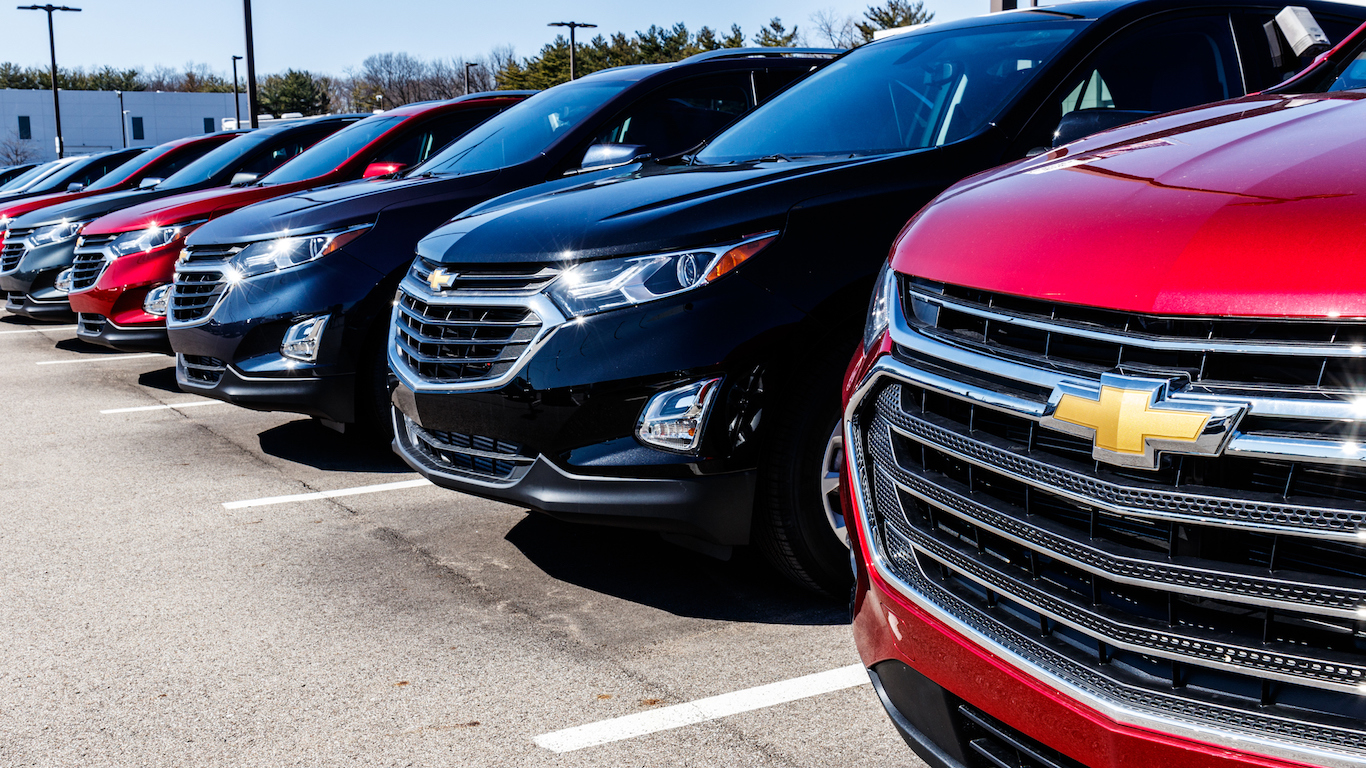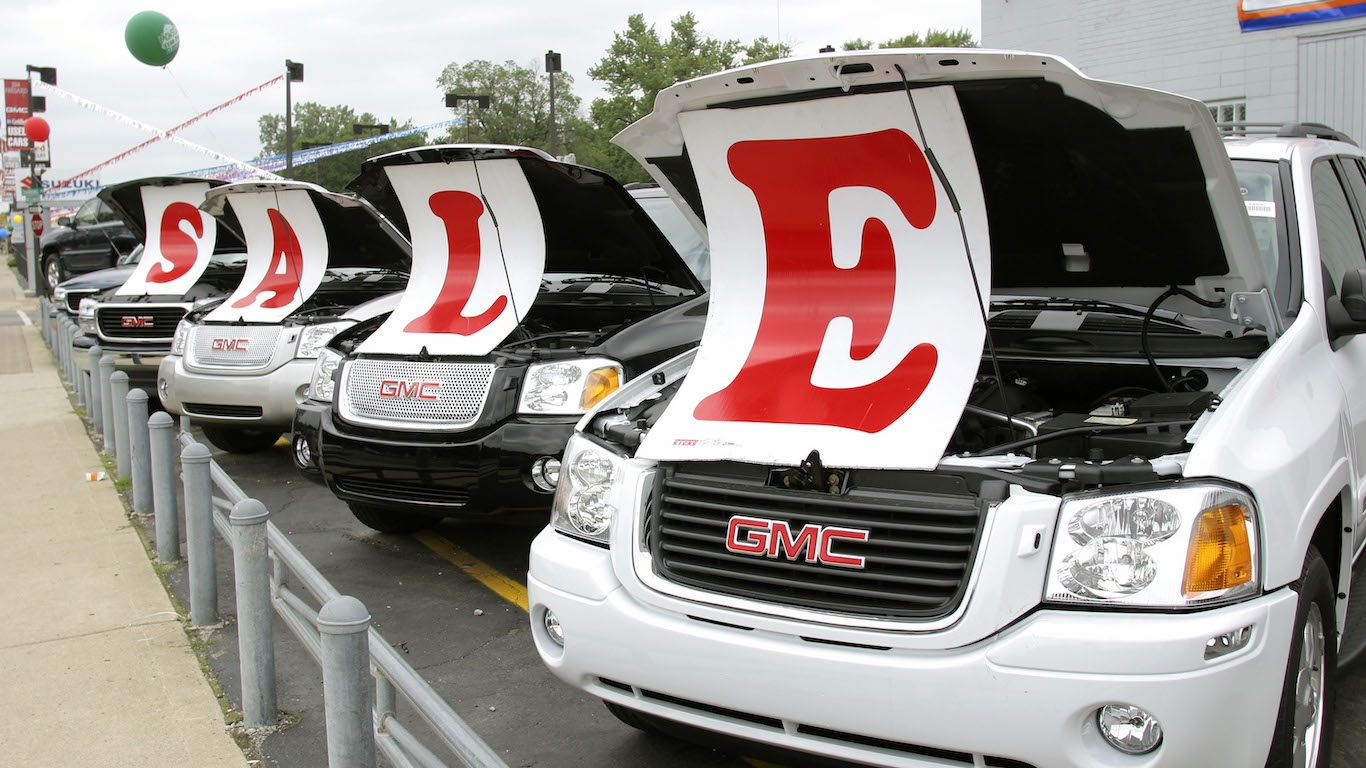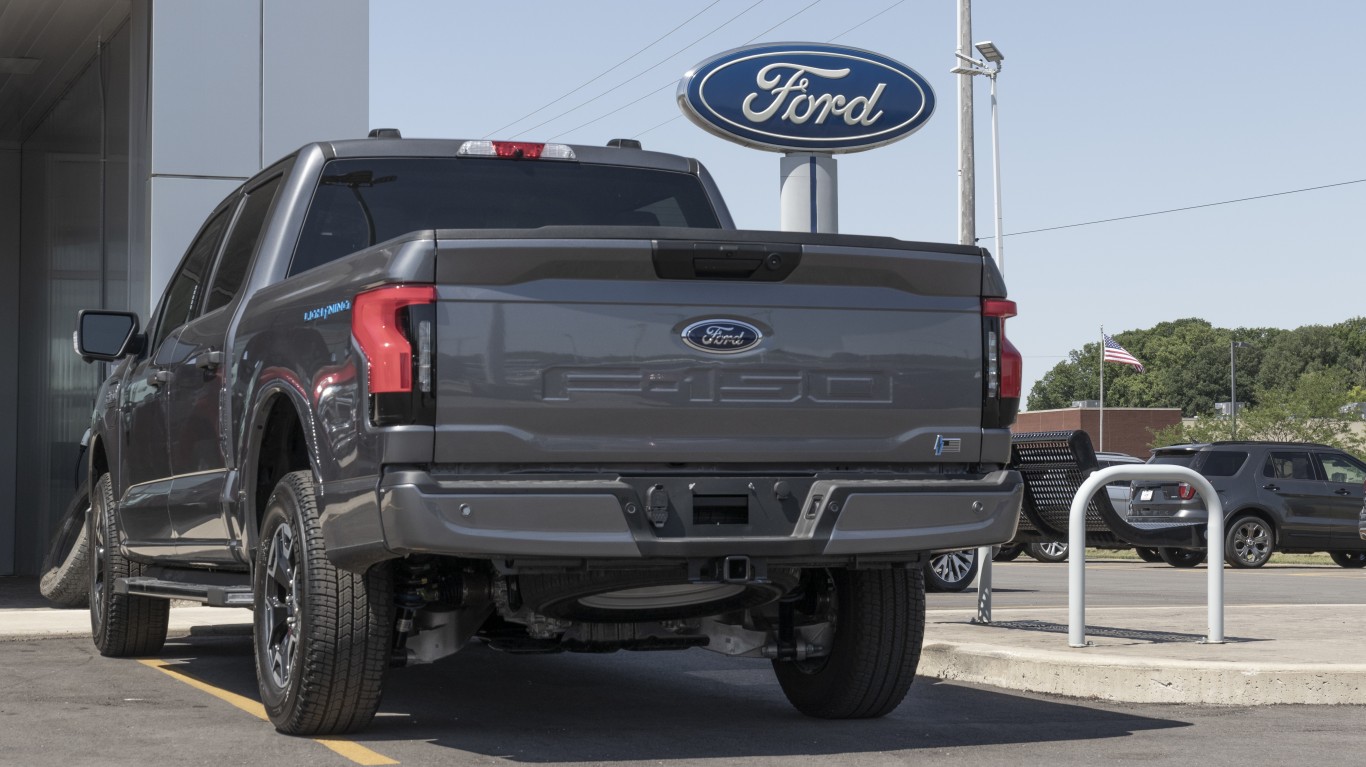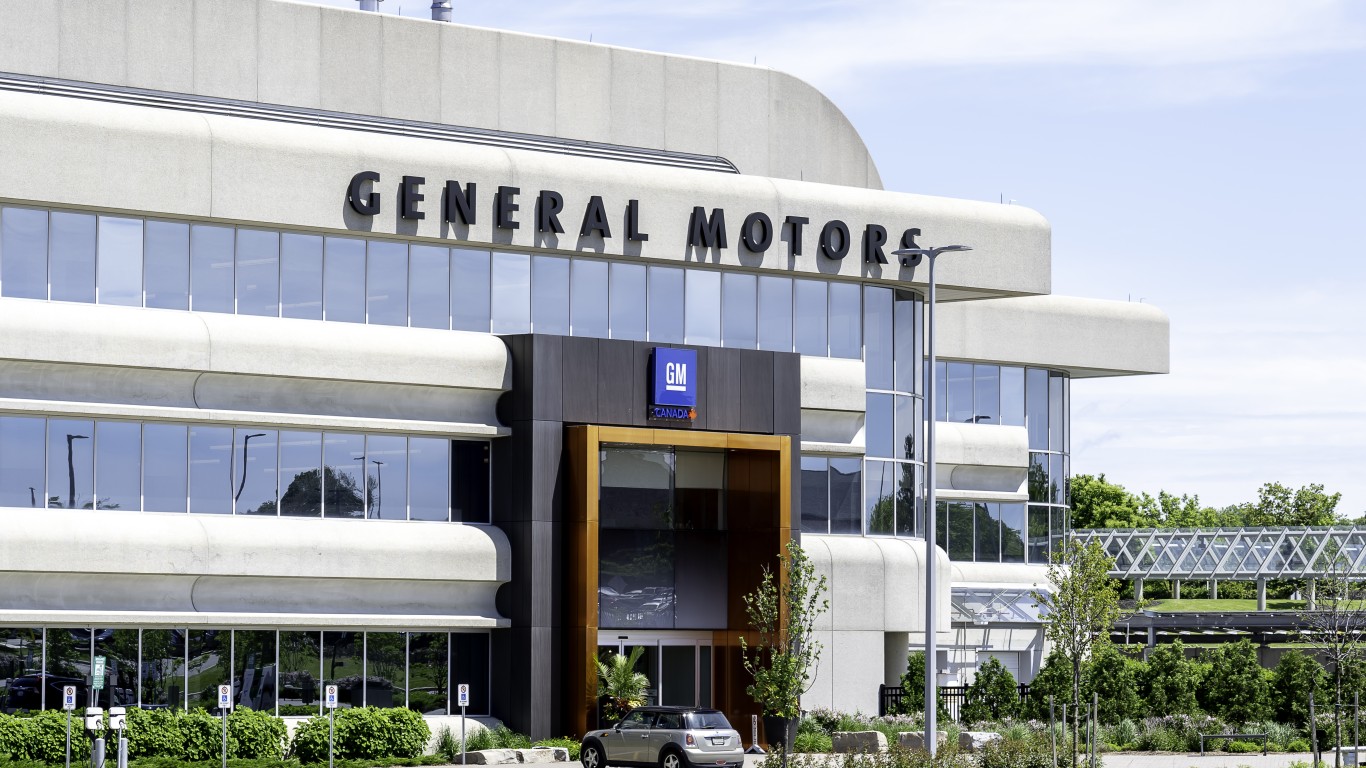
U.S. car buyers have been more cautious with their purchases through the first three months of 2019. Sales volume of new cars in March was down 2.2% compared with March 2018 and for the year to date through March sales are down 2% compared to last year.
Used car sales followed the pattern of new car sales for the first two months of the year, but picked up again in March according to a new report from industry analysts at J.D. Power. The firm’s Used Vehicle Price Index by 1.1 points month over month in March, a month later than usual for affordable mainstream vehicles.
The poor start to 2019 was driven by “lower than expected and delayed federal tax returns.” The partial shutdown of the federal government slowed refund checks in January and February, and those that did arrive were smaller than many taxpayers expected. J.D. Power noted that historically, consumers use tax refund checks for a “healthy” down payment on a vehicle purchase.
While refund checks are flowing more smoothly now, and the year-over-year dollar difference through March is just $20, the total refunded by the IRS is down 2.2% year over year and that could drop further because taxpayers who owe money wait as long as they can before mailing in their checks. That means fewer refund checks for Uncle Sam to write in April and fewer consumers with cash in their pockets for a down payment on a vehicle.
At the wholesale level, used vehicles up to 8 years of age got a price boost of 2.7% in March, nearly the same as in March 2018. The best performing segments were small, compact, and midsize cars. These are just those vehicles that automakers are turning away from in new vehicles as they focus on trucks and SUVs. The supply of used cars in these segments is tightening, pushing prices up in relation to SUVs and crossovers. Compact premium and midsize premium cars also showed signs of pricing strength last month.
At auto auctions of vehicles up to 5 years of age, demand is up by nearly 30% for compact SUVs, 25% for midsize pickups, 23% for compact premium SUVs, and 19% for large premium SUVs. The increase in supply is expected to last throughout this year as increased numbers of vehicles come off-lease but then level off over the next two years.
J.D. Power analysts expect the used vehicle market to slow in 2019, despite the uptick in March. Prices are forecast to decline by 2%. Increases to supply, more volatile credit conditions, and higher gasoline price are all expected to put more pressure on the used vehicle market. These negatives will outweigh positives such as a strong labor market, rising home prices (and equity), and the general appetite of U.S. consumers for used vehicles.
It’s Your Money, Your Future—Own It (sponsor)
Retirement can be daunting, but it doesn’t need to be.
Imagine having an expert in your corner to help you with your financial goals. Someone to help you determine if you’re ahead, behind, or right on track. With SmartAsset, that’s not just a dream—it’s reality. This free tool connects you with pre-screened financial advisors who work in your best interests. It’s quick, it’s easy, so take the leap today and start planning smarter!
Don’t waste another minute; get started right here and help your retirement dreams become a retirement reality.
Thank you for reading! Have some feedback for us?
Contact the 24/7 Wall St. editorial team.
 24/7 Wall St.
24/7 Wall St.


